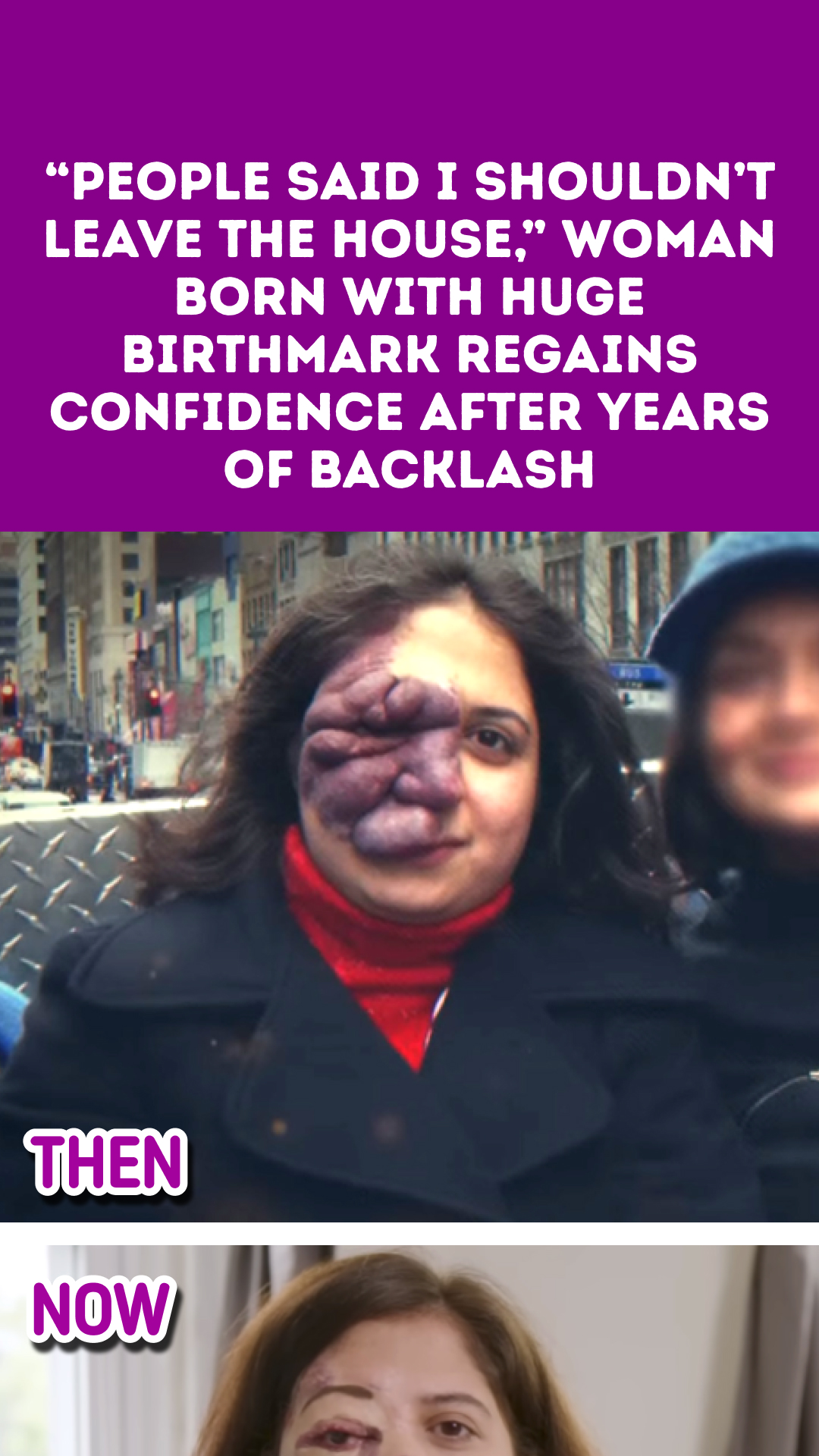Ellahe Haghani, a 41-year-old woman from Iran, confronted several obstacles because of a rare birthmark. In pursuit of a solution, she had to relocate to a different continent. Furthermore, she endured unkind remarks from strangers, creating challenges in her quest for employment.
Being rejected by doctors.
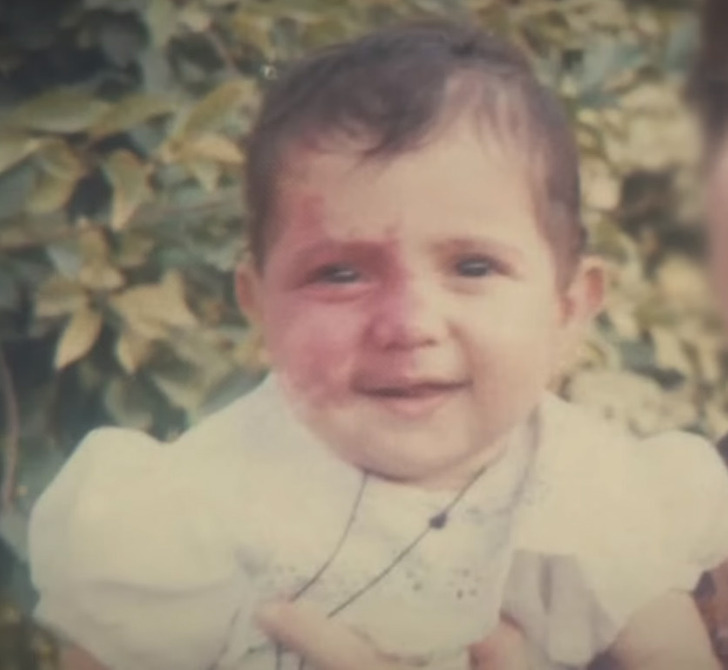
“People assumed that I am an acid attack survivor. When I was born, it was just discoloration to the right side, but as I grew, the soft tissue started to grow and become bigger and thicker. I also lost my eye vision when I was around 20 years old,” she explained.
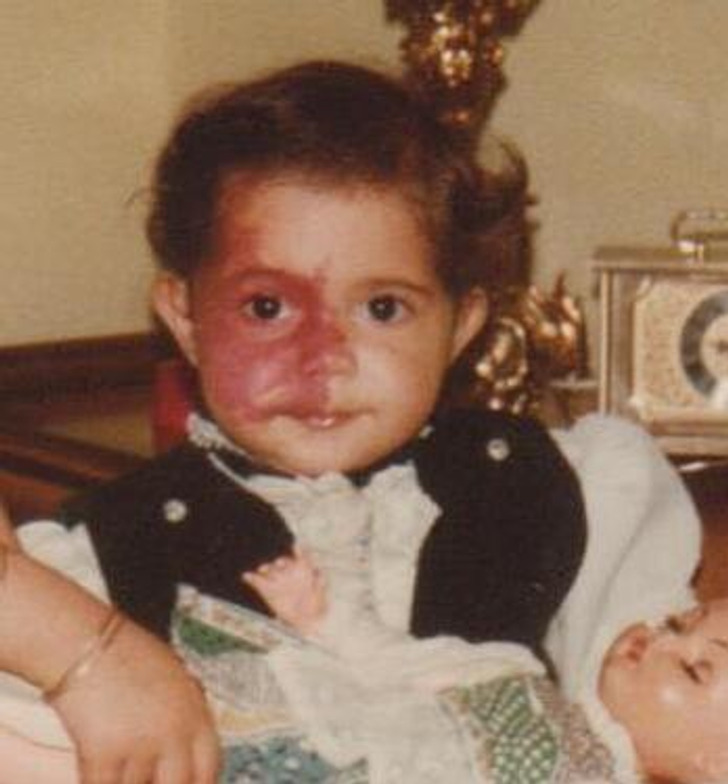
“My family searched everywhere for a way to cure me, but nothing was available, all doctors said was that the lesions could not be treated surgically or medically. They feared that as soon as they touched my birthmark, they wouldn’t be able to stop the bleeding. Even from scratch, I risked bleeding a lot, doctors were scared to operate in case I died,” she recalls.
She had to endure unkind comments and navigate life’s challenges.
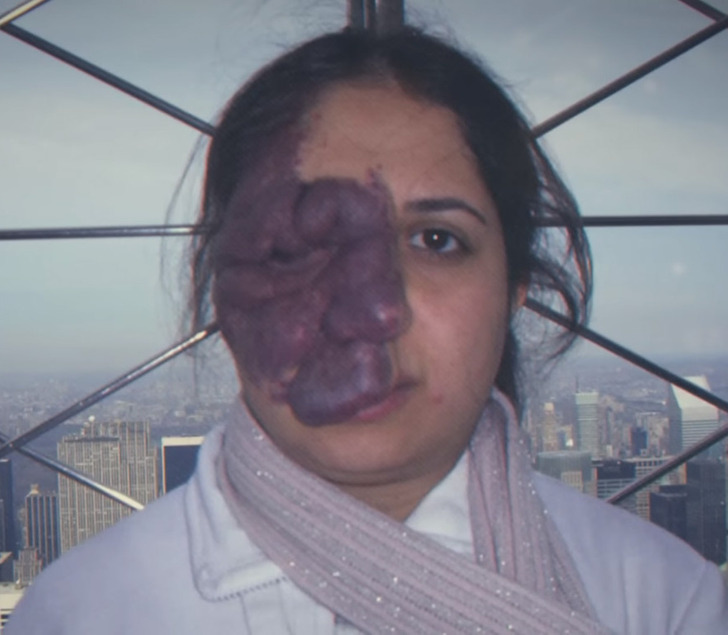
“It wasn’t easy for me because people were scared, nobody wanted to sit next to me. Sometimes the teachers were not even happy for me being in their class,” Haghani said.
Some individuals made negative comments about her condition, even advising her not to leave the house. She explained, “People will question me, people stared at me, people were frightened, people tell me I should not leave the house.”
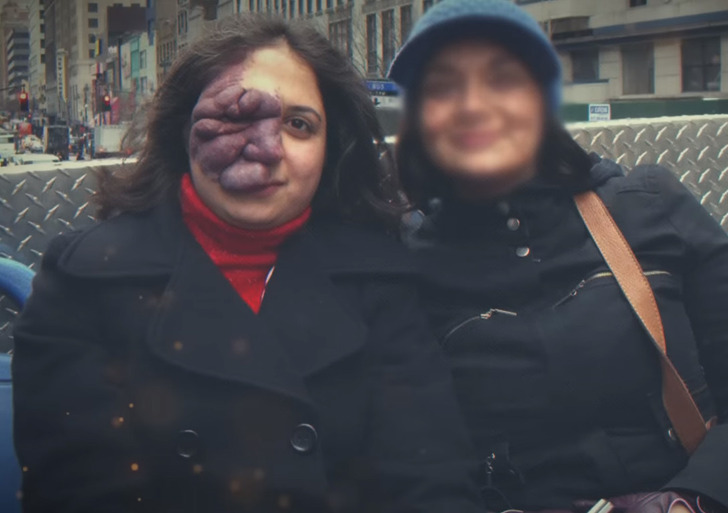
“They told me back a few times, especially during a job interview, they just look at my face and without even asking one question, they would just say, ’No, we are not going to hire you’,” she said.
She had to move to other continents for cure.
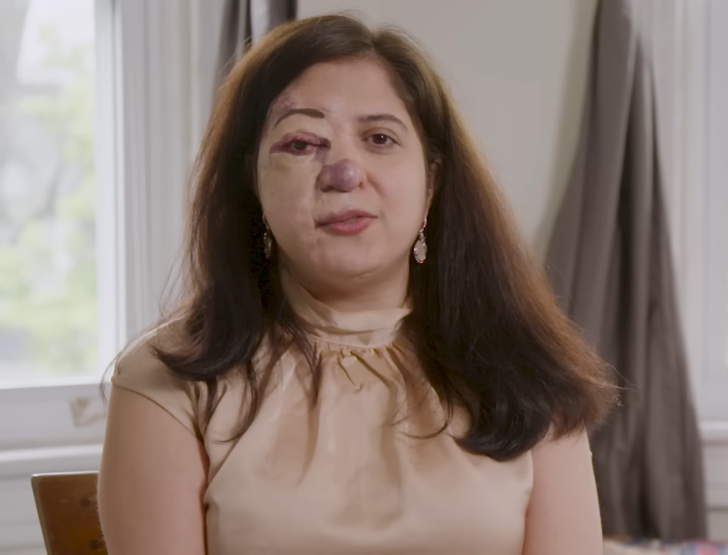
She refuses to let her birthmark define her identity.
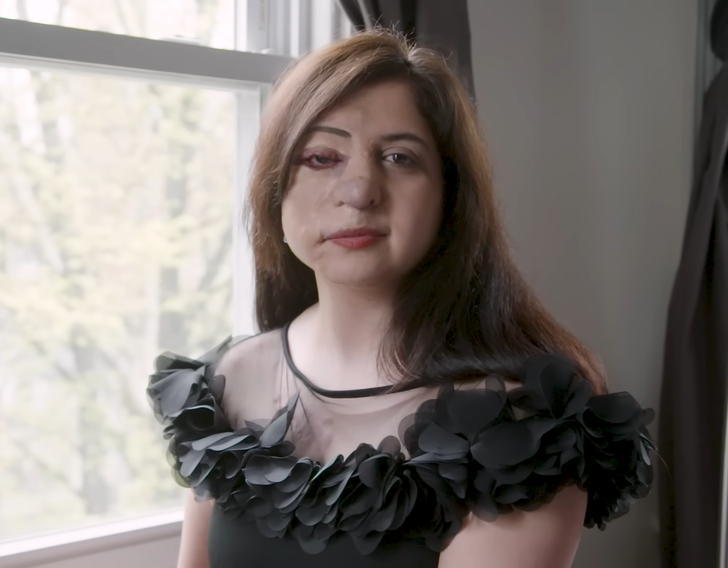
While her birthmark remains visible on her nose and forehead, Haghani has regained her confidence. She emphasizes that she refuses to let her birthmark define her identity.
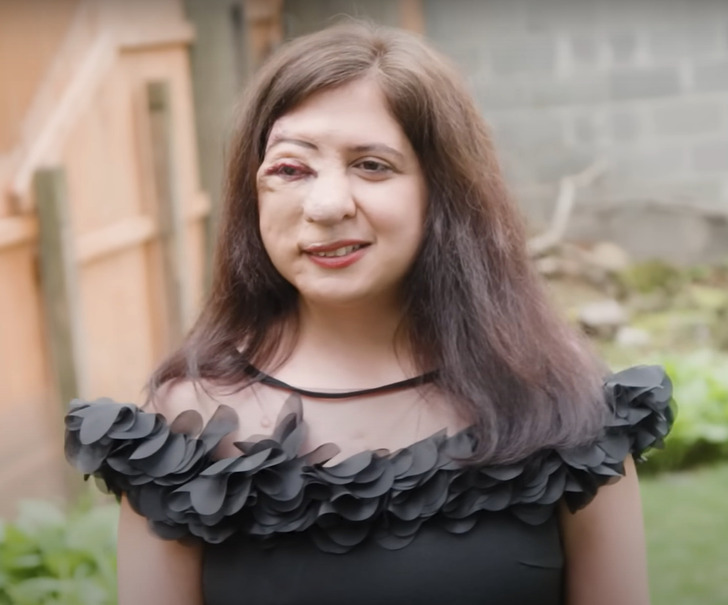
Haghani is not the only individual grappling with challenges posed by the “port wine” mark. In Queensland, Australia, another baby is also affected by this condition. The parents opted for laser treatment for their son’s birthmark, a decision that generated some backlash.
